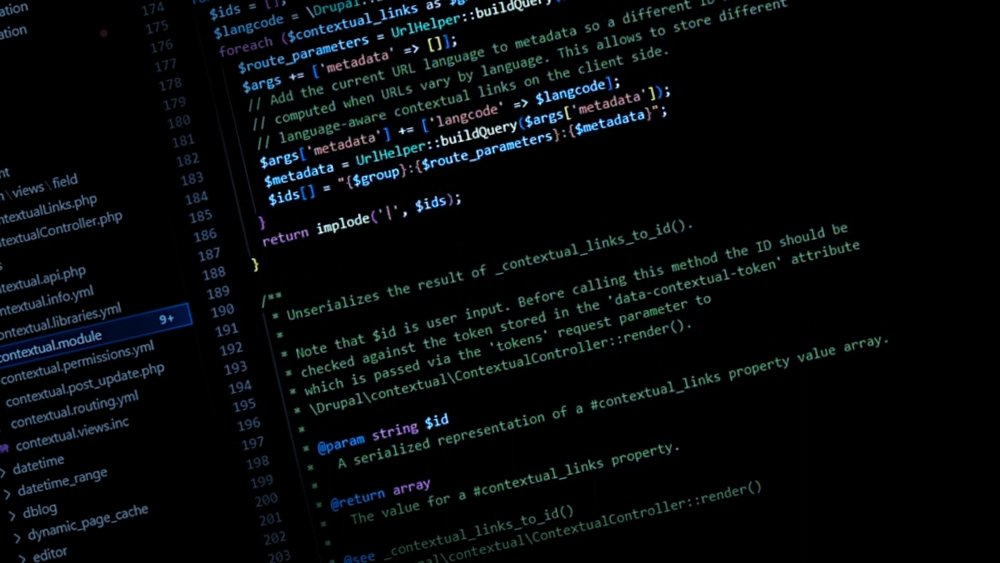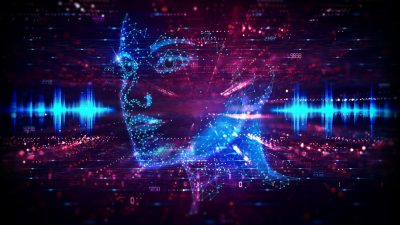Highlights:
- The new canvas component of ChatGPT has some similarities to word processors like Word. It launches in a new window that has two sections.
- When ChatGPT senses that a feature could make the user’s job easier, it automatically starts canvas.
OpenAI introduced canvas, a new interface section within ChatGPT to make the chatbot more helpful for coding and writing tasks.
The functionality was unveiled by the company recently. Since announcing its record-breaking USD 6.6 billion investment round earlier this week, this is OpenAI’s first product update. Nvidia Corp., Microsoft Corp., SoftBank Group Corp., and six other investment firms participated in the deal.
The new canvas component of ChatGPT has some similarities to word processors like Word. It launches in a new window that has two sections. The code or text that user works on appears in the first, bigger area, and the second interface module is a sidebar that shows the user’s ChatGPT queries and the response of the chatbot.
A number of features built into canvas by OpenAI are intended to expedite writing processes. ChatGPT allows users to request that its language be reviewed for consistency, clarity, and grammar. Additionally, the chatbot can automate more difficult tasks: It can change the length of a document, as well as the reading level.
The built-in programming abilities majorly focus on helping users in fixing code errors. ChatGPT can produce print statements, which are brief code segments that show the data handled by a specific application component. Developers can utilize the data to determine the underlying cause of technical problems. In addition to pointing out additional problems like inefficient code that consumes excessive CPU power, ChatGPT may also automatically resolve certain faults.
Once a code file is finalized, developers can request that canvas produce documentation detailing the functionality of the file. It can also translate the file into other programming languages using this tool. At debut, its code translation capability will enable output from JavaScript, TypeScript, Python, Java, C , and PHP.
Canvas is powered by a modified GPT-4o. Using training data produced by OpenAI’s newest artificial intelligence system, o1, the custom model was developed. The latter algorithm performs reasoning tasks, including solving math problems, noticeably better than GPT-4o.
When ChatGPT senses that a feature could make the user’s job easier, it automatically starts canvas. The unique version of GPT-4o that powers the functionality was created by OpenAI’s engineers, in part, to cut down on pointless canvas activations. In that sense, the company claims that the customized model outperforms the normal GPT-4o release by 83%.
Other objective of the development process was to enhance the quality of canvas’ AI-generated file alterations. The customized version of GPT-4 only modifies the exact text or code that the user picks from a file. When the user is not highlighting any code or text, the model is presumed to make changes thoroughly on the page.
The customized version of GPT-4o, according to OpenAI, is also more adept at highlighting regions in users’ files where change is needed. According to the business, comments produced by the model outperform output from GPT-4o by 16% in terms of quality.
Canvas is being released gradually by OpenAI. Starting recently, the feature was made available to ChatGPT Plus and ChatGPT Team. Next week, it will be added to the Enterprise and Edu editions. After beta testing, it’ll also become accessible to free users.











